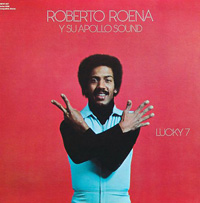In some of the standard histories, jazz went to hell in the 1970s—first losing its structure to the avant-garde, then losing its harmony and rhythm to rock-funk fusion—before recovering its senses and sensibility in the ‘80s, thanks mainly to Wynton Marsalis. As with most myths, there’s a little bit of truth to this chronicle; things did take a bumpy turn in the ‘70s (though some of the avant-garde and the fusion was a lot more interesting than the broad-brush detractors would have you believe). But the revival of melody, structure, beauty and wit was hardly the doings of Mr. Marsalis. A movement was well afoot—the critic Gary Giddins called it “neo-classicism”—a few years before the young trumpeter moved from New Orleans to New York. Many other, somewhat older musicians had already been making their ways to “the jazz tradition” through the path of the avant-garde. It was on that anti-traditional road that they found their voices; so when they shifted course, they had something distinctive to say. They breathed life into the music of old and so, ironically, embodied the creative impulses at the heart of jazz with far greater fidelity than those who solemnly recited the phrasebooks of Pops, Bird, and Miles.

